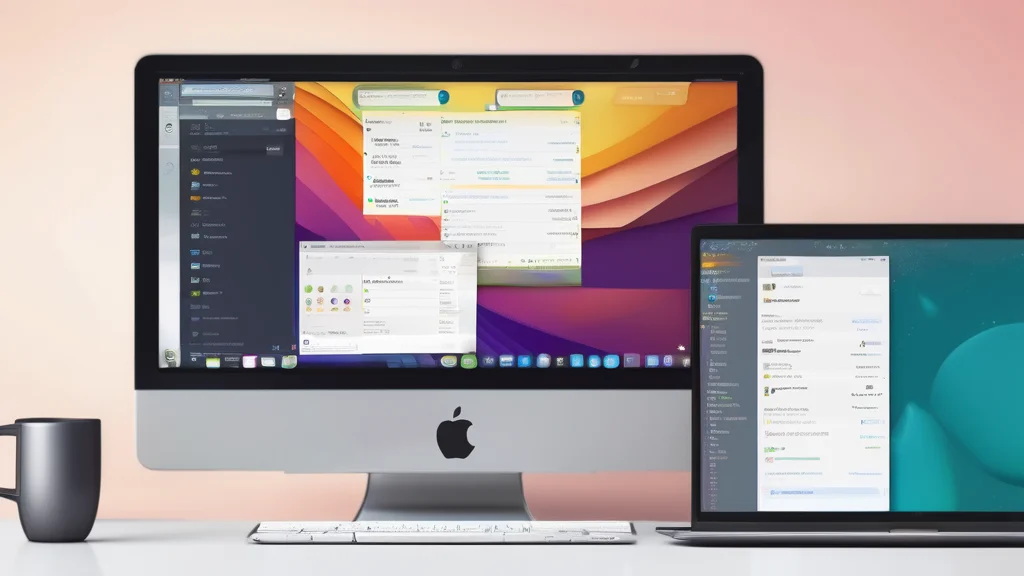The Essential Guide to Navigating Linux Package Managers: Why They Matter More Than Ever
Exploring the Crucial Role of Package Managers in the Modern Linux Ecosystem

- The evolution of Linux software installation from manual processes to automated package managers.
- The critical role of package managers in maintaining system security and efficiency.
- The risks associated with installing software from unverified sources.
- The simplicity and benefits of using package managers for software removal.
- When to consider alternative installation methods and the precautions to take.
The Evolution of Linux Software Installation: From Chaos to Convenience
In the not-so-distant past, installing software on Linux was akin to navigating an uncharted jungle. You’d download the application’s source code, unpack it, run the ./configure command, build it with make, and finally install it with make install. This manual process was fraught with challenges, particularly when it came to dependencies—additional software required for the main application to run. If a dependency was missing, you’d have to locate and install it, only to potentially discover that the dependency had further dependencies of its own.
Fast forward to today, and the landscape of Linux software installation has transformed dramatically. Modern Linux distributions come equipped with sophisticated package managers like apt and dnf, which automate the entire process, from resolving dependencies to installing updates. These tools have significantly lowered the barrier to entry for new users, contributing to Linux’s recent milestone of surpassing a 5% market share in operating systems.
However, the reasons to embrace package managers extend beyond mere convenience. Let’s delve deeper into why these tools are indispensable for any Linux user.
Keeping Your System in Check: The Power of Package Managers
One of the primary advantages of using a package manager is its ability to keep your system’s software ecosystem organized and up-to-date. When you install an application through your distribution’s package manager, it tracks the software and its version. This tracking enables the package manager to automatically download and install updates, including crucial security patches.
Consider the implications of bypassing this system. If you compile and install software from source, you’re responsible for manually checking for updates—a process that involves visiting the application’s website, comparing versions, and repeating the installation steps. This manual approach not only consumes valuable time but also increases the risk of missing critical updates that could leave your system vulnerable to threats.
Security First: Mitigating Risks with Trusted Repositories
Security is a paramount concern in the digital age, and package managers play a vital role in safeguarding your system. Software available through official repositories is typically vetted, reducing the likelihood of malicious code. In contrast, installing software from unverified sources can introduce significant risks.
A cautionary tale emerged recently when the Arch AUR (Arch User Repository), a community-driven repository, was found to contain malicious packages with a remote access trojan. Although these packages were swiftly removed, the incident underscores the importance of relying on trusted repositories.
By using your distribution’s package manager, you leverage a network of trusted maintainers who prioritize your security. While it’s possible to add non-standard repositories, due diligence is essential to avoid potential pitfalls.
Streamlining Software Removal: The Simplicity of Package Managers
Uninstalling software is another area where package managers shine. With a simple command, you can remove applications and their associated dependencies, ensuring a clean system. In contrast, manually uninstalling software installed from source is labor-intensive and error-prone, risking the accidental removal of critical components.
Some package managers even offer autoremove functions, which identify and remove unnecessary software left behind after uninstallations, further optimizing your system’s health.
A Balanced Perspective: When to Consider Alternative Installation Methods
While package managers are generally the safest and most efficient choice, there are scenarios where alternative methods might be warranted. For instance, if a cutting-edge application isn’t yet available in your distribution’s repositories, compiling from source could be a viable option—provided you take precautions to verify the software’s integrity.
Additionally, certain specialized applications may require specific configurations or optimizations that are best achieved through manual installation. In these cases, weighing the benefits against the risks is crucial.
Conclusion: Embracing the Future of Linux Software Management
In summary, Linux package managers are more than just tools for convenience; they are essential to maintaining a secure, efficient, and well-organized system. By leveraging these powerful utilities, you can ensure that your software is up-to-date, your system is protected from vulnerabilities, and your experience remains seamless.
As the Linux ecosystem continues to evolve, so too does the importance of understanding and utilizing package managers. For both novice and experienced users, mastering these tools is a critical step in harnessing the full potential of Linux.
Call to Action
Are you making the most of your Linux package manager? Share your experiences and tips in the comments below. Have you encountered challenges or discovered innovative ways to use these tools? Let’s start a conversation and learn from each other.
References
Keywords
Linux, package manager, apt, dnf, security, software installation, dependencies, repositories, Arch AUR, system updates
Summary Bullets
- The evolution of Linux software installation from manual processes to automated package managers.
- The critical role of package managers in maintaining system security and efficiency.
- The risks associated with installing software from unverified sources.
- The simplicity and benefits of using package managers for software removal.
- When to consider alternative installation methods and the precautions to take.
SEO Description
Discover why Linux package managers are essential for every user, from maintaining security to ensuring system efficiency. Explore the benefits, risks, and best practices in this comprehensive guide.
Image Prompt
A modern Linux desktop with package manager interface open, showcasing software updates and installations.
Subtitle
Exploring the Crucial Role of Package Managers in the Modern Linux Ecosystem
Series
Linux Essentials
Series Weight
1
License
Creative Commons Attribution 4.0 International (CC BY 4.0)
Hidden From Home Page
false
Hidden From Search
false
Enable Last Mod
true
Enable Reading Time
true
Enable Word Count
true